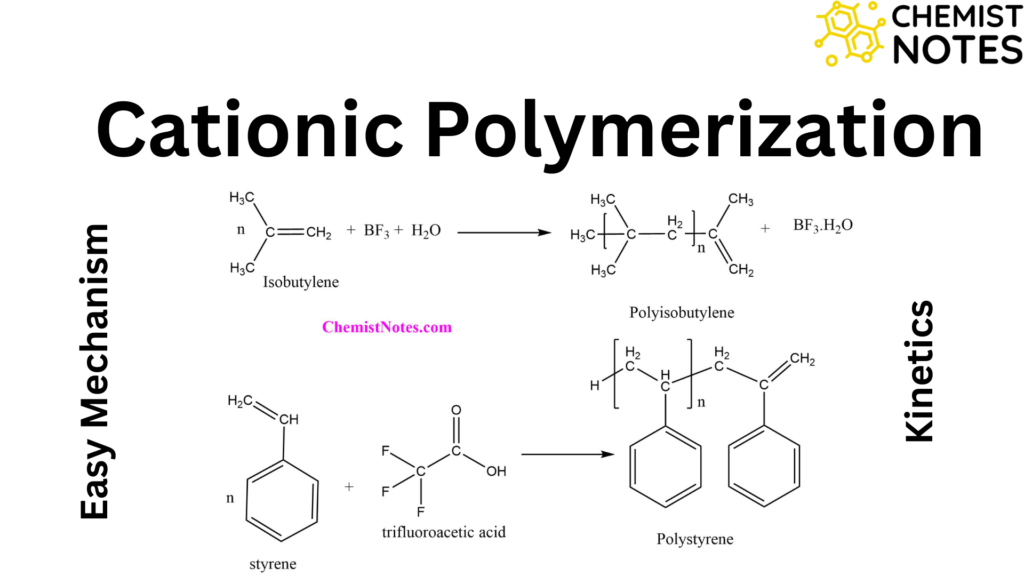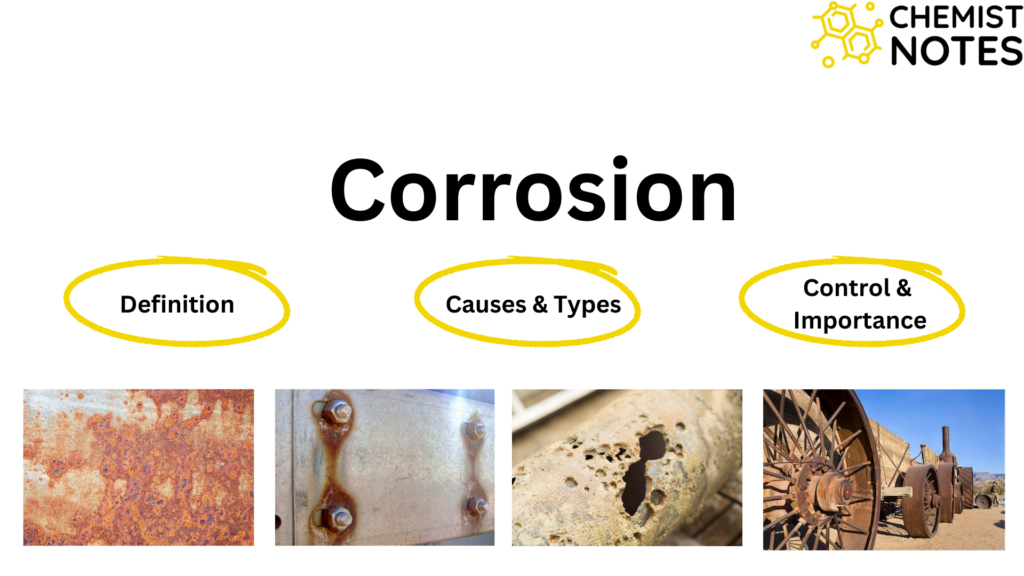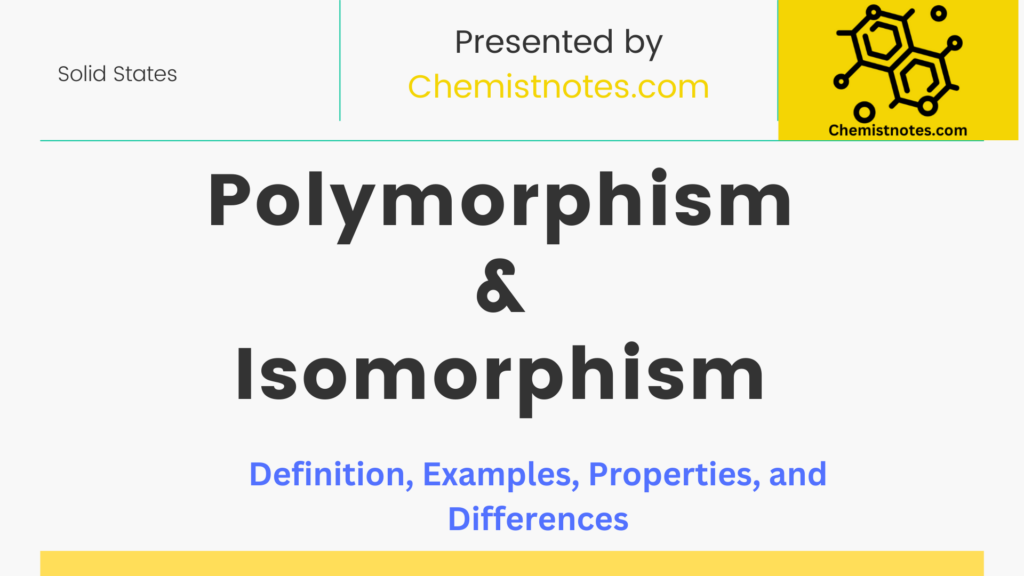Table of Contents
TogglePhase rule, a theoretical quantitative approach is used to predict the effect of change in
temperature, pressure, and concentration on a heterogeneous system in equilibrium. Josiah Willard Gibbs, an American physicist proposed a rule popularly known as Gibb’s phase rule that deals with the stability of phases present in the material at equilibrium conditions.
Gibb’s phase rule
According to Gibb’s phase rule, if the heterogeneous equilibrium system is not influenced by gravity, electric or magnetic forces, or surface action, but gets affected by temperature, pressure, and concentration, then the number of degree of freedom (F) of the system is given by
F = C – P + 2
where, F = degree of freedom, P = phase, and C = component
The above relation is Gibb’s phase rule equation that relates the degree of freedom (F), number of components (C), and number of phases of the system (P).
Derivation of Gibb’s Phase rule
Consider a heterogeneous system with ‘C’ components in equilibrium and ‘P’ phases present. The number of variables/degree of freedom that must be arbitrarily fixed is required to fully define the system. Temperature and pressure are the two variables upon which the system depends, however, concentration depends upon the number of phases. To define the composition of each phase, the concentration of (C – 1) components must be specified, with the concentration of the remaining component determined by difference.
Total number of concentration variables for phase ‘P’ = P (C – 1)
Thus, the total number of variables/degree of freedom of the system = P (C – 1) + 2…………..(i)
When a system is in equilibrium, the partial molal free energy of any constituent in one phase is equal to the partial molal free energy of the same constituent in all other phases. Because a phase’s partial molal free energy is a function of temperature, pressure, and (C – 1) concentration,
Number of components for phases ‘P’ = (P – 1)
Total number of variables/degree of freedom of the system for the ‘C’ component = C (P – 1)…………(ii)
Considering equation (i) and (ii), we get
F = [ P(C – 1) + 2] – [ C(P – 1)]
F = [(CP – P + 2) – (CP – C)]
F = (CP – P + 2 – CP + C)
F = C – P + 2………………..(iii)
The above relation, equation (iii) is Gibb’s phase rule equation.
Condensed system
In heterogeneous chemical equilibrium, there is an equilibrium between solid and liquid (solid ⇌ liquid). These equilibriums are not influenced by the change in pressure i.e. pressure has very minimal effect. Such systems are called condensed system. Thus, the phase rule for the condensed system is reduced to
F = C – P + 1
This is also known as the reduced phase rule equation.
Gibb’s phase rule video
FAQs/MCQs
gibb’s Phase rule is given by
The phase rule is given by an American physicist Josiah Willard Gibb’s.
reduced phase rule
reduced phase rule is, F = C – P + 1
Gibb’s phase rule
F = C – P + 2 is Gibb’s phase rule equation
References
- Atkins, Peter; Paula, Julio De; Keeler, James (2018). Atkins’ Physical chemistry (Eleventh ed.). Oxford University Press. pp. 123–125.
- Arun Bahl, B. S. Bahl & G. D. Tuli, Essentials of Physical Chemistry, S. Chand and Company Ltd., New Delhi, 2012.






